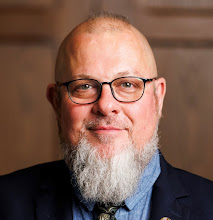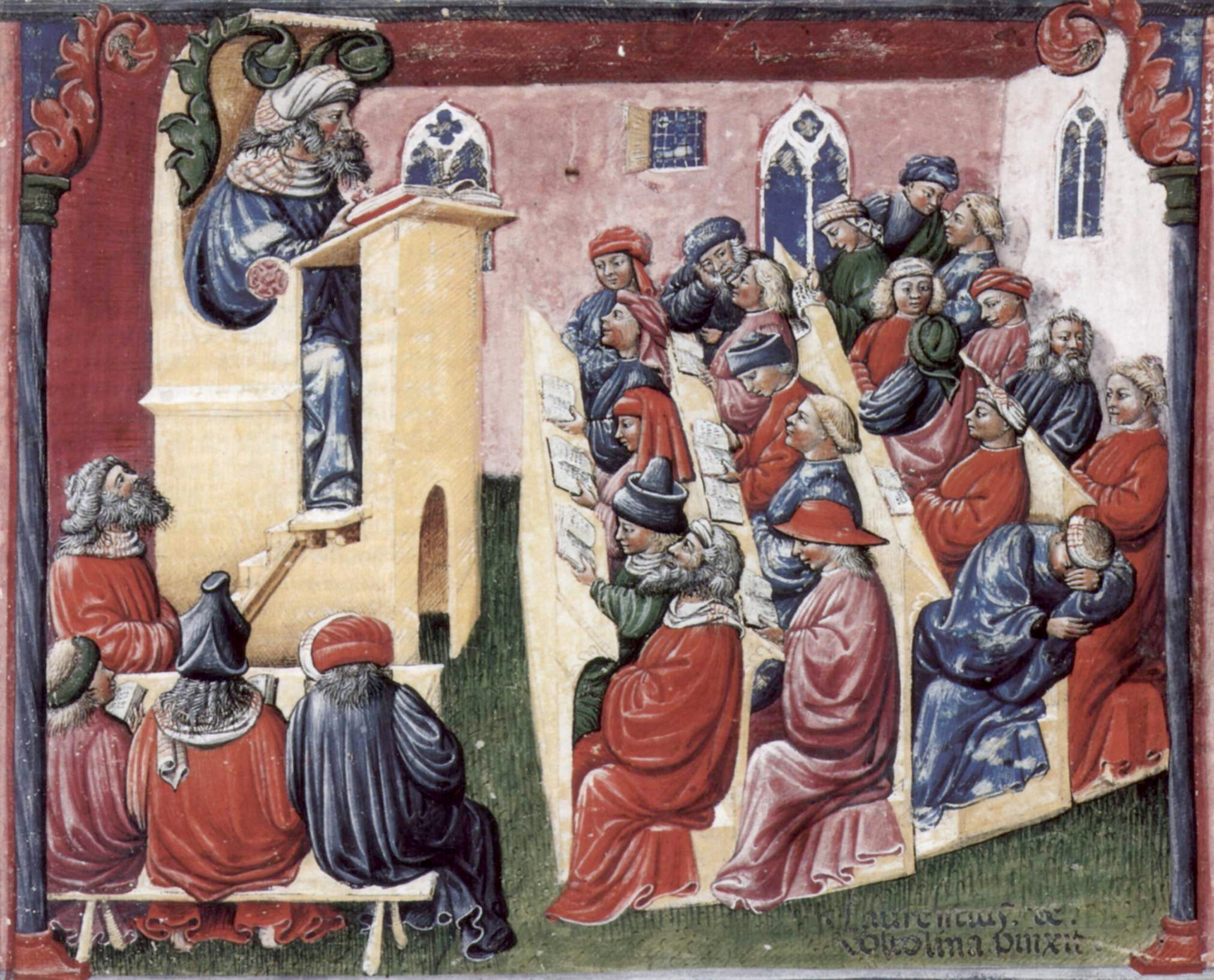 |
| Outside the Temple of Bel, Palmyra, Syria, 13 January 2007. The building has since been destroyed. |
Well before the current conflict, I was able to travel to Palmyra, Syria. The Temple of Bel in the photograph above has since been confirmed destroyed. I am fortunate to have seen it, but it is a sad loss for the history of humanity, not to mention the many people who have lost their lives in the region. Syria is a beautiful country, and I felt safer there than I did in Sydney on a Saturday night. The people were very hospitable, and what you saw is what you got. Like most of the region, religious tolerance is a part of everyday life that is rarely reported in the Australian news media.
The photograph below shows how the building looks today. While going back through my travel diaries, I recalled a story about a travel guide, Fayid, who had studied at the University of Western Sydney, and a young Bedouin camel operator, who Peter Manning and his partner Carole met at Palmyra sometime in 2005-6. The story is mentioned on pp. 130-1 of Manning's (2006) book Us and Them: A Journalist's Investigation of Media, Muslims and the Middle East.
The photograph below shows how the building looks today. While going back through my travel diaries, I recalled a story about a travel guide, Fayid, who had studied at the University of Western Sydney, and a young Bedouin camel operator, who Peter Manning and his partner Carole met at Palmyra sometime in 2005-6. The story is mentioned on pp. 130-1 of Manning's (2006) book Us and Them: A Journalist's Investigation of Media, Muslims and the Middle East.
 |
| Temple of Bel, Palmyra, Syria, 28 March 2016. Photo by Jawad Shaar CC-BY 4.0 |
We, too, had met Farid (and the young boy on the camel) at Palmyra on 13th January 2007. I can’t remember whether I read Manning's book or shared the “small world” experience (on p. 130) first. Anyway, yesterday I was writing up some of my travel diaries as blog posts, remembered the encounter with Farid, found his business card, re-read the book, and wondered what had happened to Farid and the boy. Here is the excerpt from Us and Them:
Carole chose to see much of this on the back of a young Bedouin boy's camel. I got talking to another guide, Fayid, who promised to take us to the amazing funerary tombs out to the west of the Roman city. Fayid, who had lived in Australia for seven years and studied at the University of Western Sydney, spoke perfect Australian.
Below, I have transcribed the diary as is, exercising some editorial licence, and removing the parts that are for me alone.
Damascus, Saturday 13th January 2007
Woke to coffee and wake-up call after receiving a wrong number at 1:30am! Taxi driver was waiting at 7:15am, went to Syrian and Overseas Bank - could only withdraw 5,000 Syrian pounds (SYP) [my diary records the following exchange rates: $1 USD = 49.8 SYP; $1 AUD = 32.16 SYP; 1 Jordanian Dinar (JOD) = 64.75 SYP]. Memorial to the north of Damascus built and funded by North Korea. Blue buildings (must have connections) for housing public servants. Railway line east-west built by Ottomans, tax-free zone north of Damascus.
We had agreed $100 USD for the trip with the driver, he was a smoker and we could smoke. The plan was to go to Palmyra, then on the way back to Ma'aloula, then Saidnaya.
After 230-odd kilometres, we arrived at the entrance to the Temple of Bel - it cost me 75 SYP and my wife 10 SYP to get in.
 |
| Palmyra, Syria, 13th January 2007 |
 |
| Palmyra, Syria, 13th January 2007 |
He charged us 200 SYP to visit the tombs in the Valley of Tombs [Wadi al-Qubur]. He joined us in our cab and took us to the museum to get the keys to the tombs... and we had to take the guide and the guy with the keys in the taxi.
The rest of my notes are bullet points. We visited a number of the tombs, and I recall that the faces of people on the relief sculptures had been scratched off centuries before. Unfortunately, many of the tombs have since been destroyed. Australian Adjunct Professor of Ancient History at Macquarie University, Ross Burns, has maintained a comprehensive list of the major historical and architectural wonders of Syria at his website Monuments of Syria.
There was also an enormous castle on the hill overlooking Palmyra.
There was also an enormous castle on the hill overlooking Palmyra.
 |
| Palmyra Castle or Qalat al-Ma'ani. Photo by Jerzy Strzelecki CC-BY-SA 3.0 After Palmyra, we returned via Ma'aloula, one of the few places where Aramaic, the language of Jesus of Nazareth, is still spoken. The photograph below is from the Convent of Saint Takla, Ma'aloula, looking from East to West. |
 |
| View from Convent of Saint Takla (Mar Taqla), Ma'alouba, Syria, 13th January 2013 |
In February 2013, twelve nuns from this convent were abducted, and were not released until March 2014. In the photograph, I am standing on the rooftop of the convent.
There is an interesting legend about the location, in that Taqla, a Christian woman, while running away from Roman soldiers and a pagan marriage, came to a cliff. The mountain split open, and she escaped her pursuers. You can read more about the monastery here.
Later, we went to Saidnaya, and saw what is believed to be an original picture of the Virgin Mary painted by St Luke at the Our Lady of Saydnaya Monastery. Much like the churches in Jerusalem, it was super-creepy.
On the trip back, I went to an ATM and made the mistake of withdrawing most of my cash to pay for our hotel room. The hotel would only accept a credit card. After much deliberation, we could pay in US dollars, but we could not exchange the money in the hotel. I went downtown to the black market dealers and they changed my Syrian pounds for US dollars, and I paid for the hotel room with no problems.
On the trip back, I went to an ATM and made the mistake of withdrawing most of my cash to pay for our hotel room. The hotel would only accept a credit card. After much deliberation, we could pay in US dollars, but we could not exchange the money in the hotel. I went downtown to the black market dealers and they changed my Syrian pounds for US dollars, and I paid for the hotel room with no problems.
This was my first lesson in understanding the consequences of a "weak" state, Sanctions by the US were biting hard. There were no McDonalds or KFC outlets, unlike Jordan and Egypt. The simple fact was that foreign companies would only trade in US dollars, making the local currency virtually worthless.
Cash in Iraq suffered the same fate after Saddam Hussein was overthrown. Incidentally, the former Iraqi leader had been hanged two weeks before this trip, and I did not meet a single person in the region who was happy about what had transpired. Despite the ideas of "freedom" for the region harped on about by the Australian news media, most saw this as little more than neo-colonialism.
Cash in Iraq suffered the same fate after Saddam Hussein was overthrown. Incidentally, the former Iraqi leader had been hanged two weeks before this trip, and I did not meet a single person in the region who was happy about what had transpired. Despite the ideas of "freedom" for the region harped on about by the Australian news media, most saw this as little more than neo-colonialism.
It is now more than a decade since I travelled to Palmyra. Everything that has transpired in the region since has been a great shame. Humans and human history have suffered. But one only need to look to the history of this region, the fertile crescent, the cradle of civilisation, the epicentre of faith. It has been there since the beginning, it has survived many conflicts, and its existence has evolved time and again. I daresay it will be there at the end, too.
 Donate
Donate






























 The Political Flâneur: A Different Point of View
The Political Flâneur: A Different Point of View